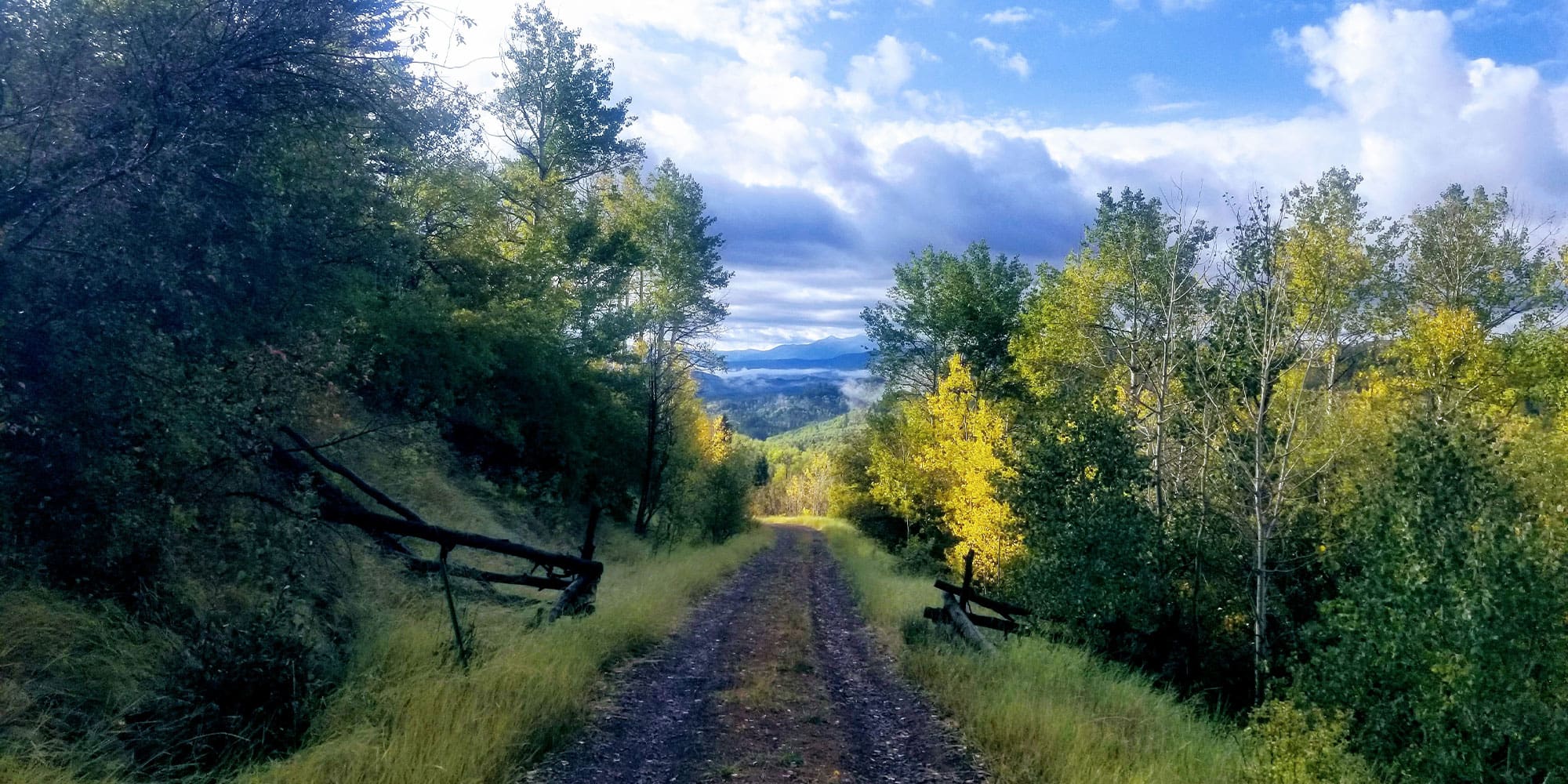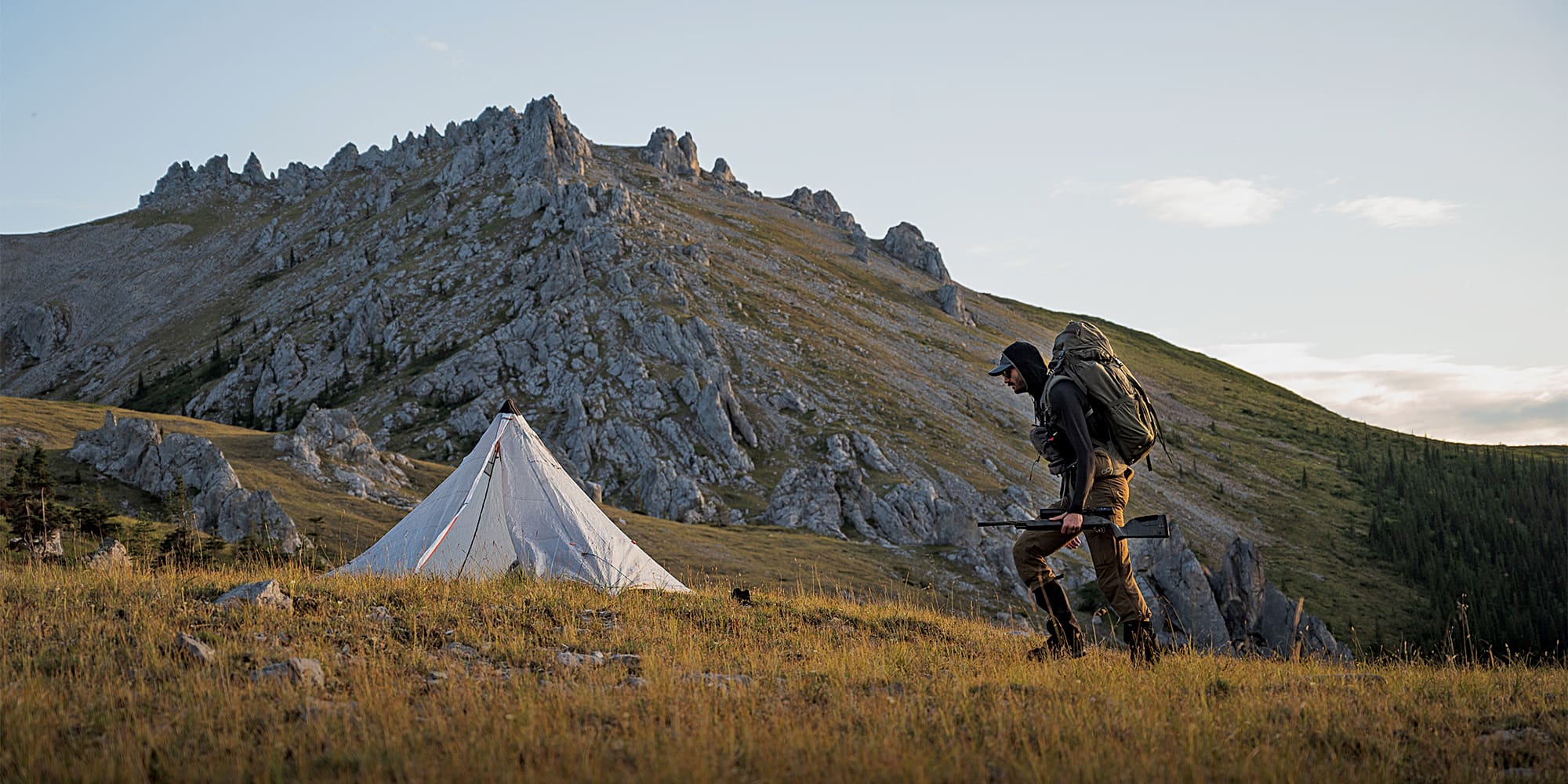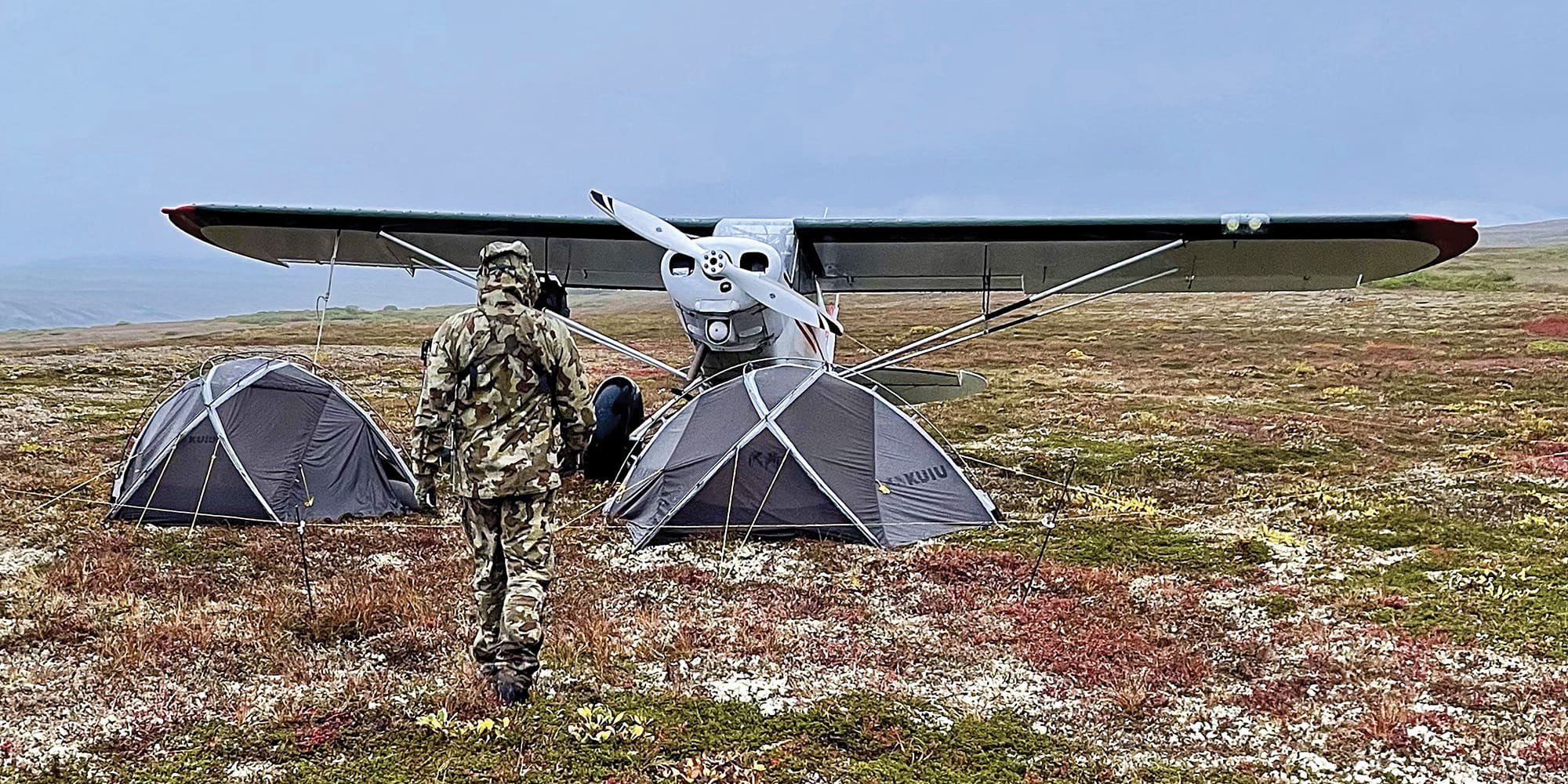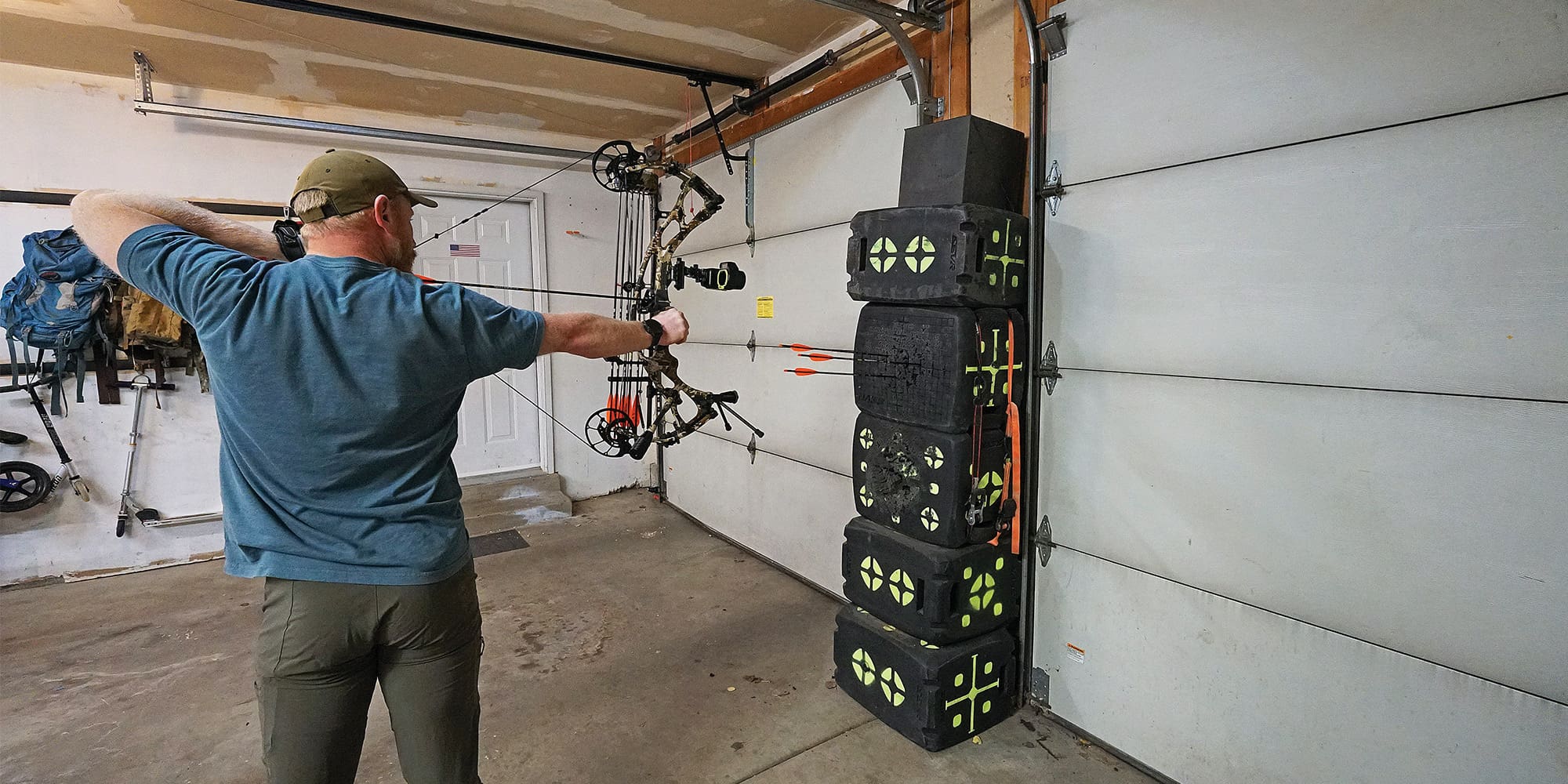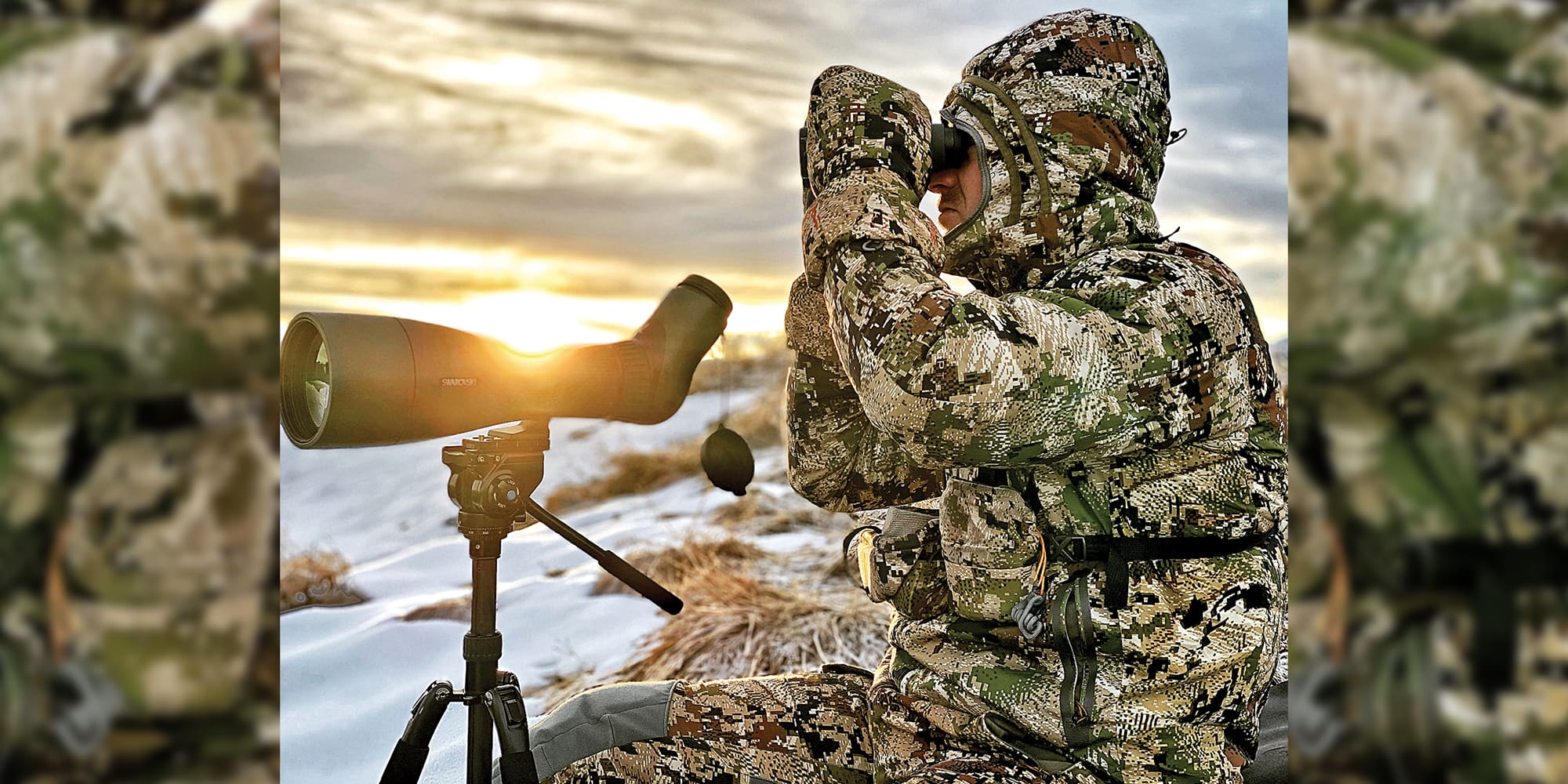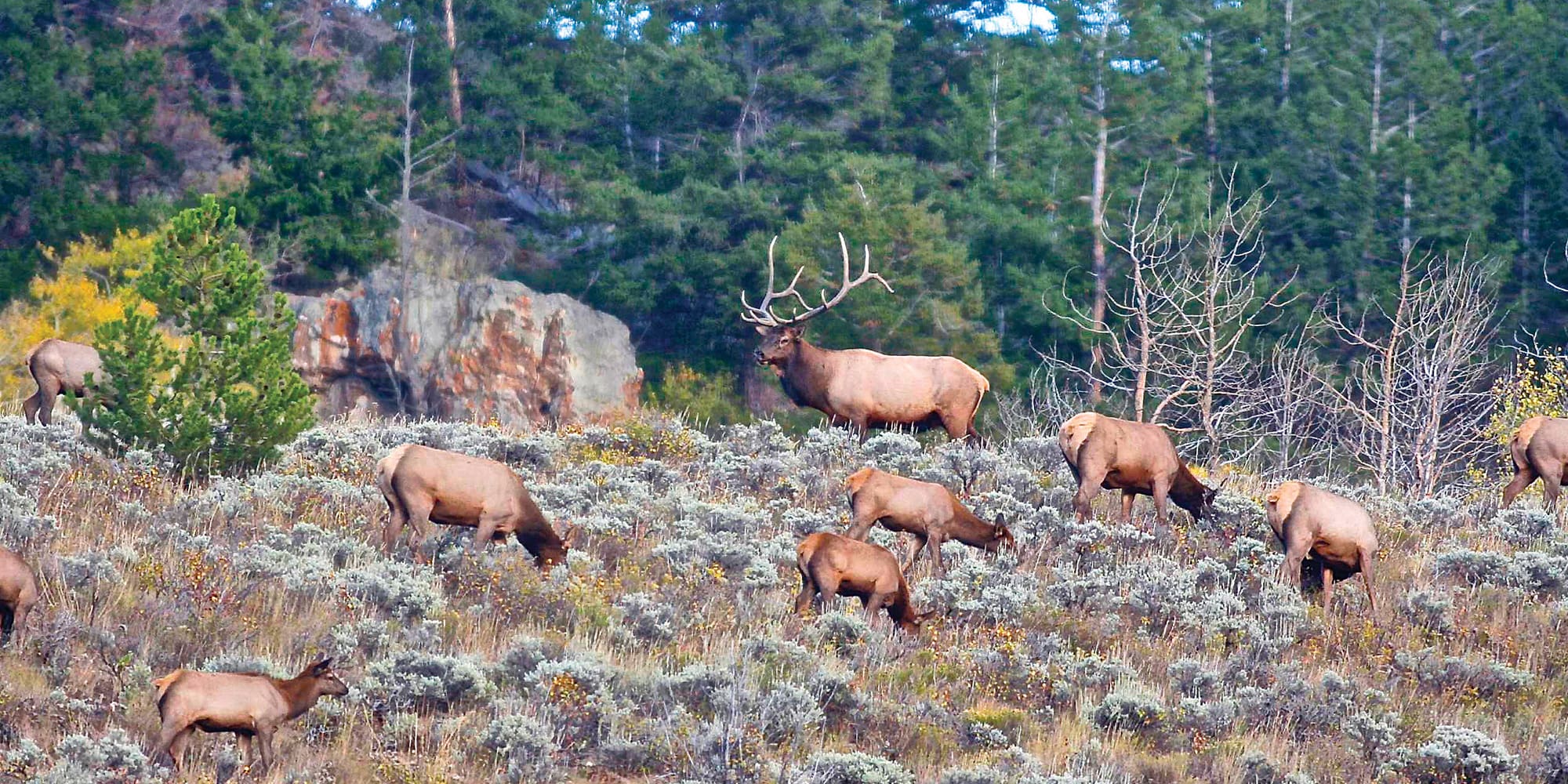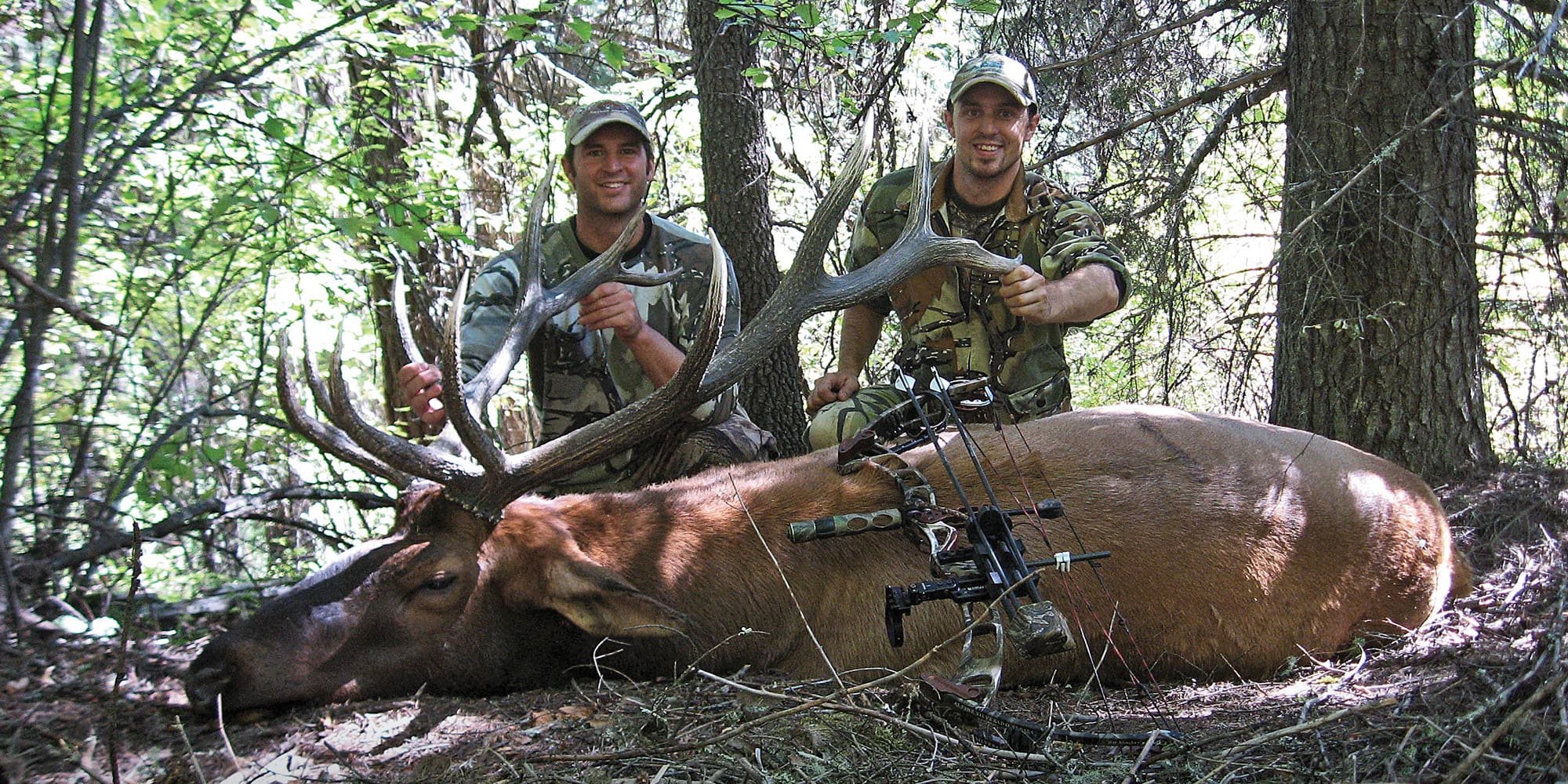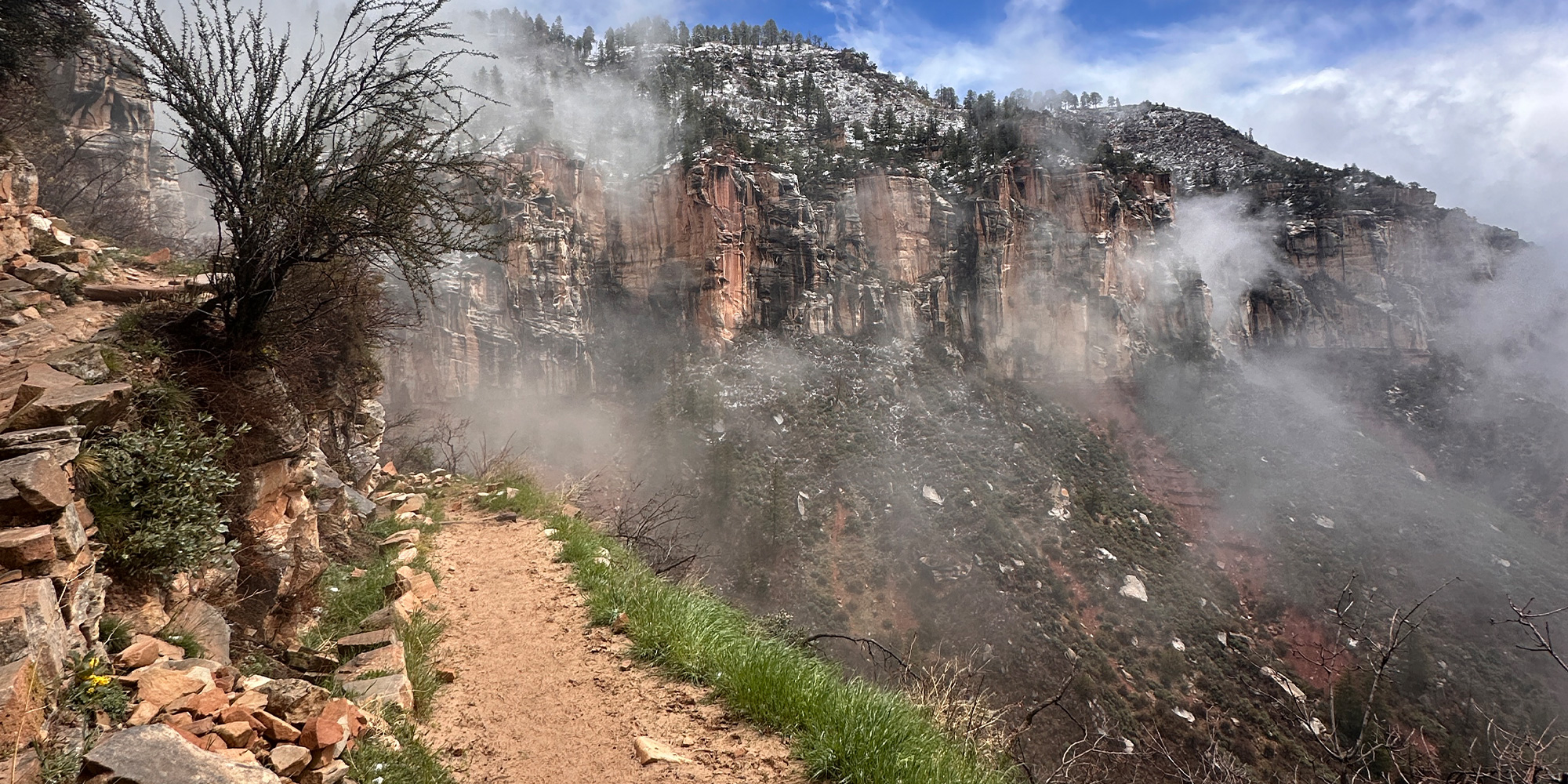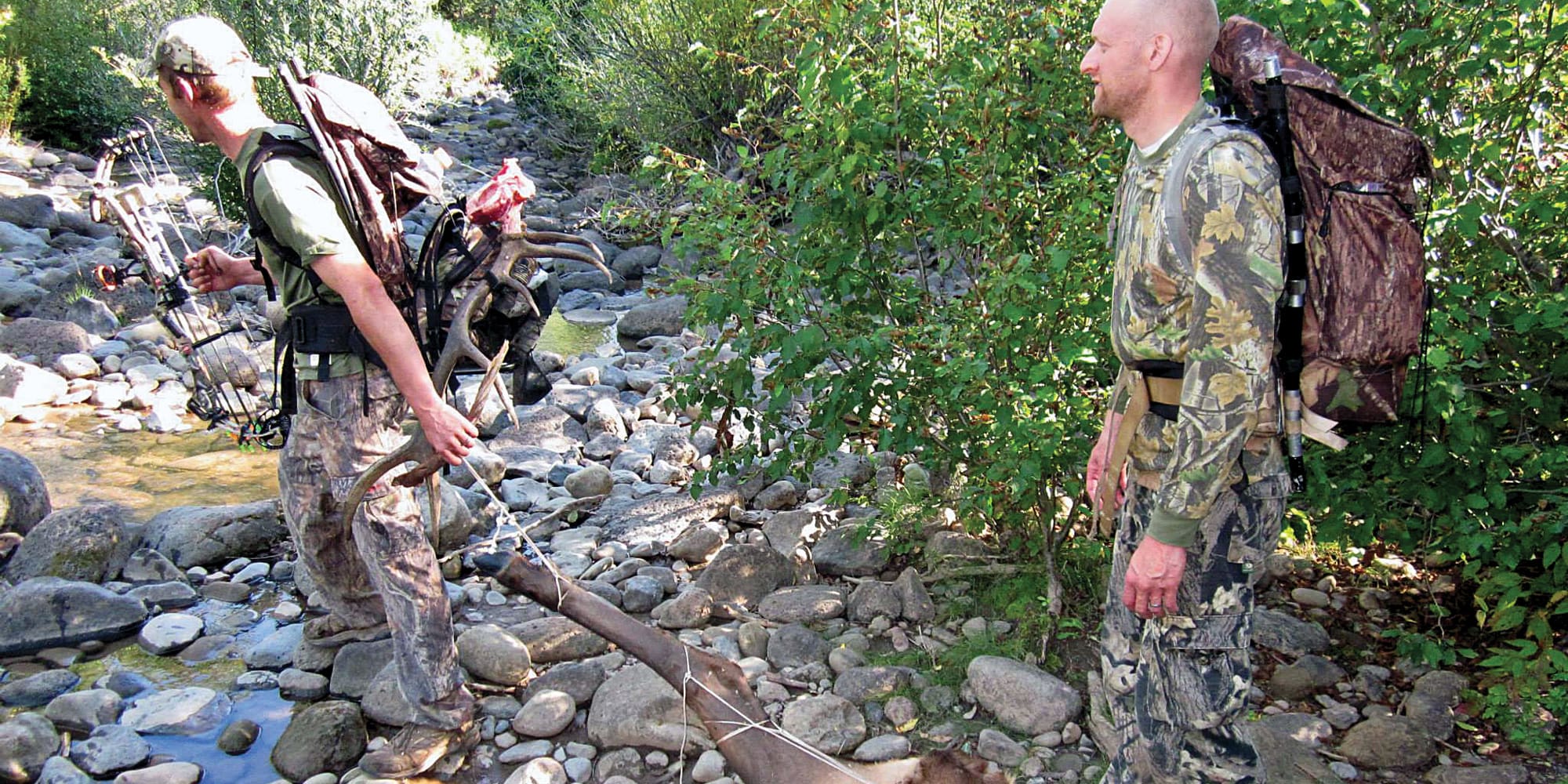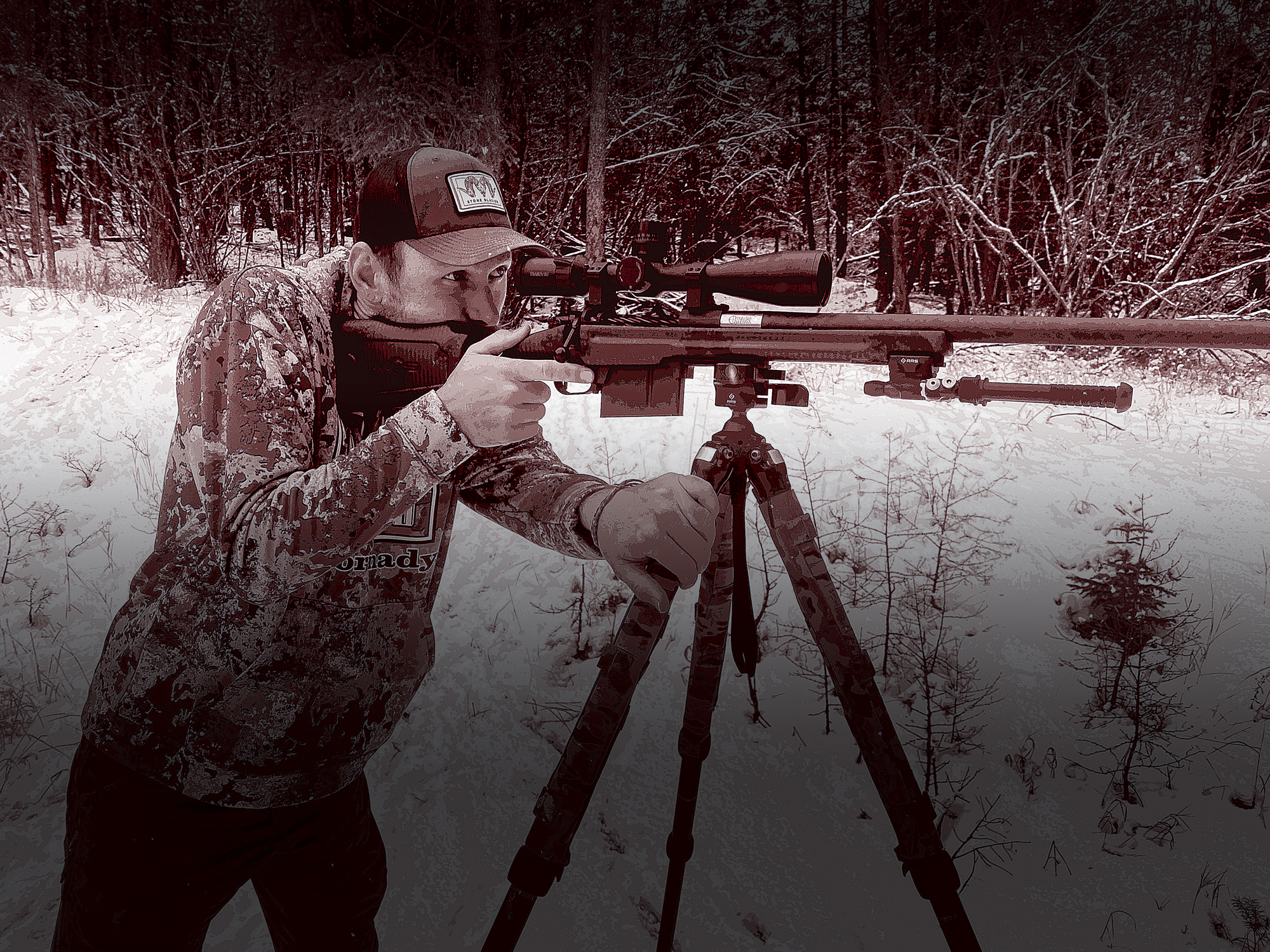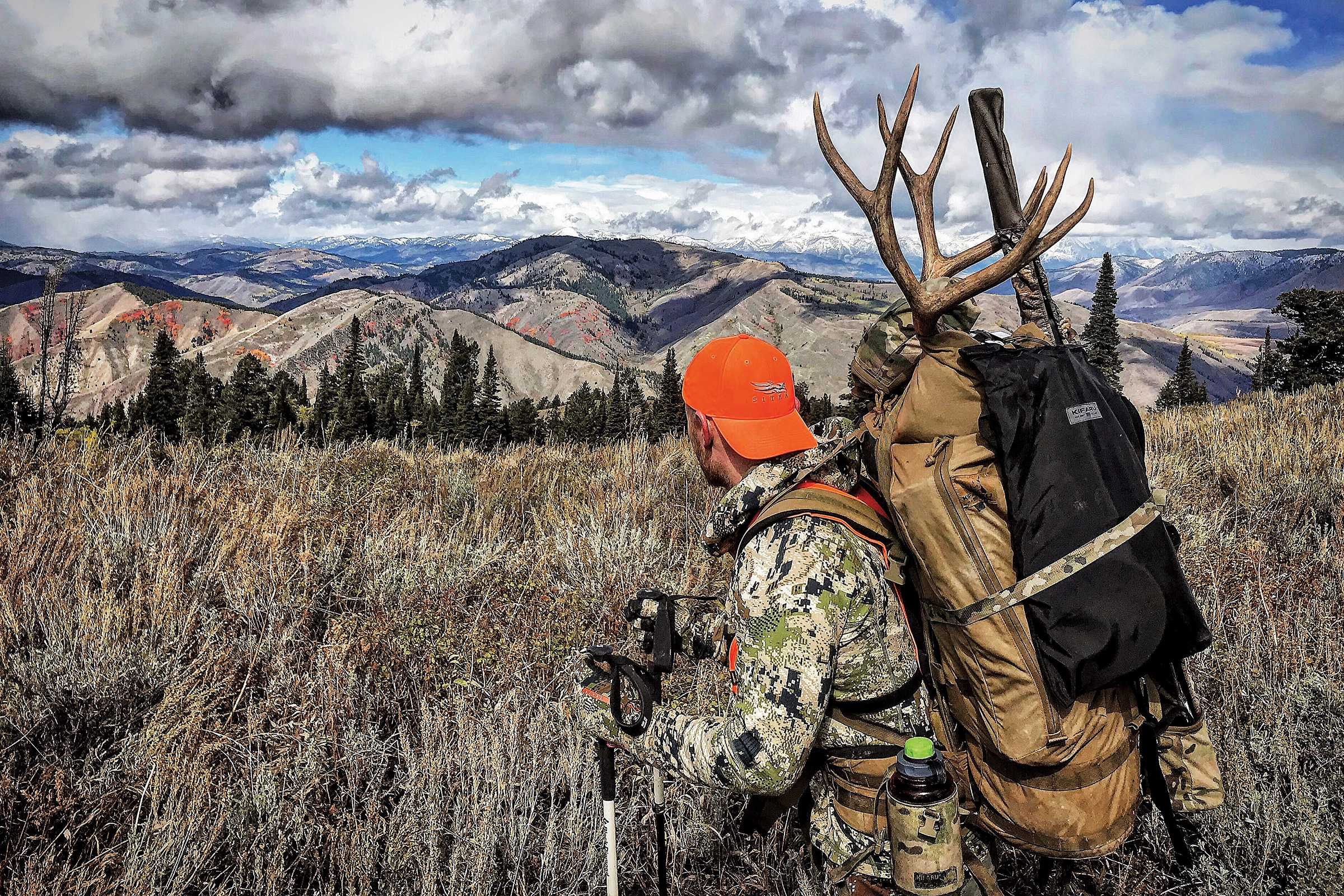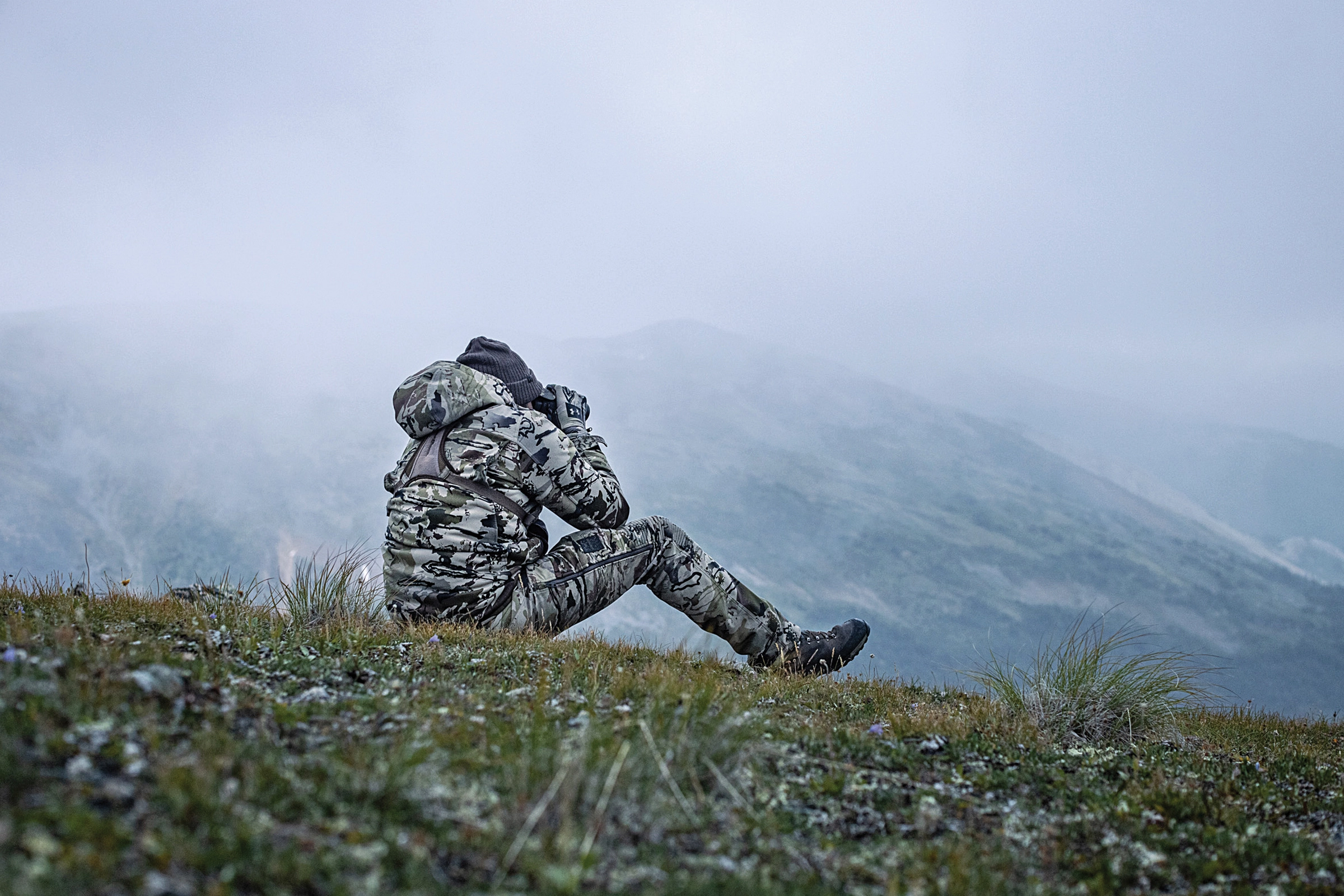
NOTICE: Certain links on this post may earn a commission for Western Hunter Magazine from Amazon or our other affiliate partners when you make a purchase. Thank you for your support.
How to Use Trail Cameras for Predators
When most people think of using trail cameras, they usually think of whitetail deer. They are also used routinely for bear, elk, mule deer, antelope, etc. However, I rarely hear of people using them to locate predators or to help pattern them for more success when trying to decide where to call.
When I first started using trail cameras, it was to help me pattern big game. As a guide in Colorado, I used them to help me keep track of where the animals were and at what time of year. I still use that information to help our clients be more successful on big game.
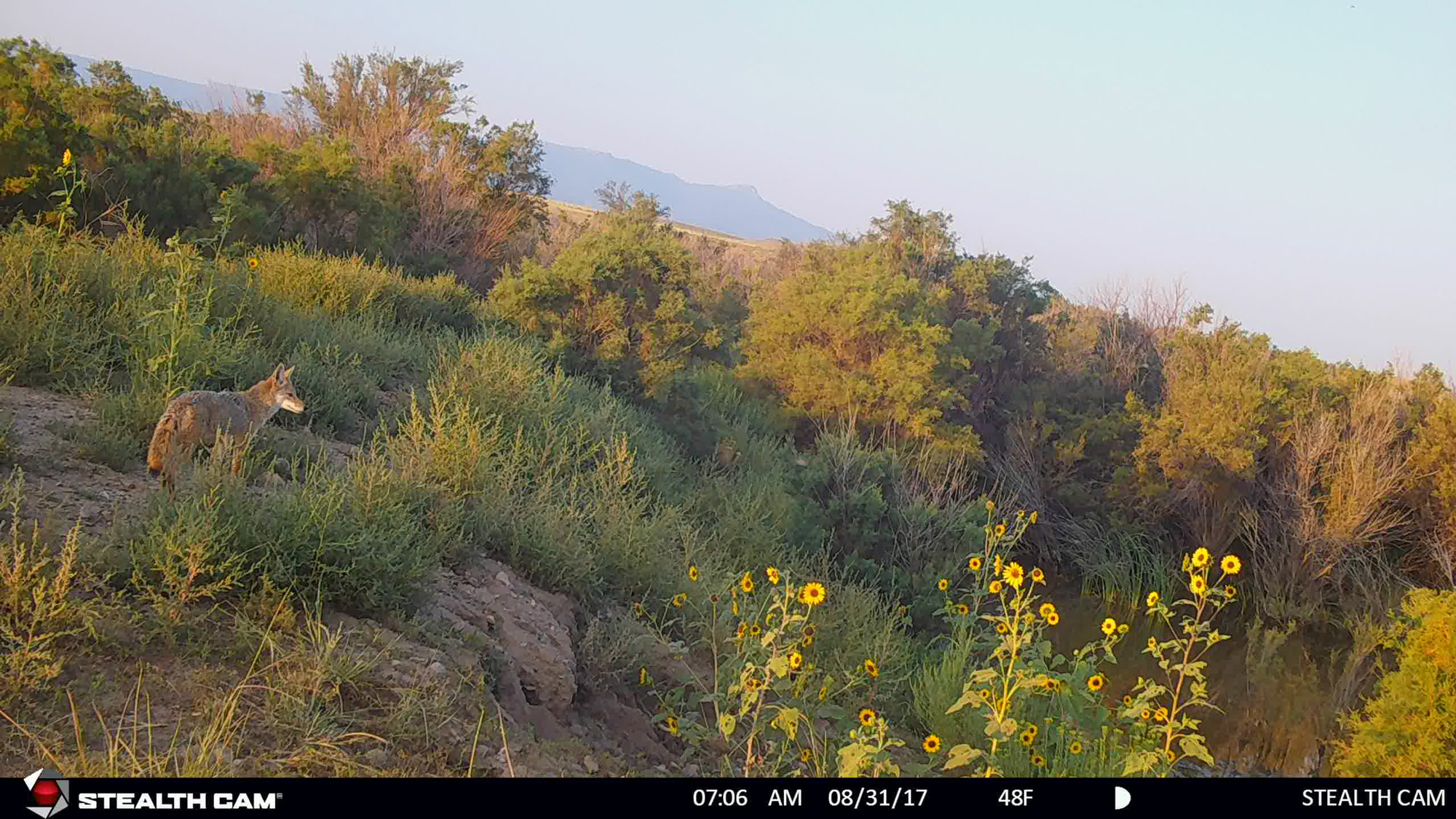
Another thing I learned is that they also helped me locate predators. Even though at first I didn't place trail cameras out for predators, I would keep a note of what predators I saw and what time of day or night I would see them on camera. Then, after big game season was over and hides were prime, I would use that information to help me predator hunt more effectively.
Now I use trail cameras for both big game and predators and usually run 40-50 all year round. I have continually added a few every year and now use them as much for locating predators as I do for locating big game. It sure makes it a lot easier to call and be patient if I know a bobcat or other target species is actually in the area I’m calling.
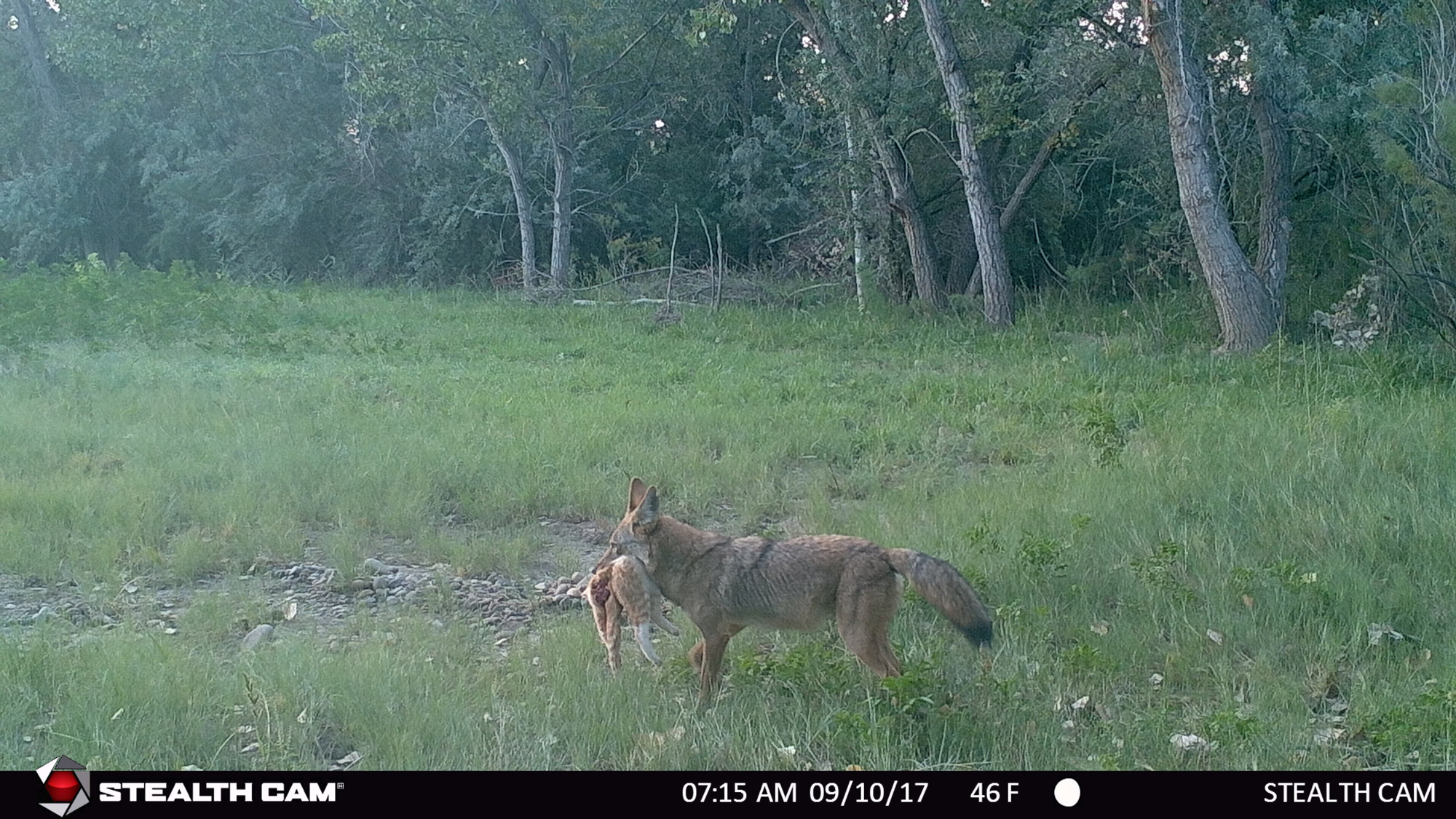
Trail Camera Strategies
Where I live In the West, it's fairly dry country, so any water is a great place to figure out what predators are around. They are also great for figuring out what time of day or night you can find particular predators.
I had a guy from California call me a few months ago and he said he wanted to target badgers but had no idea where to start. I suggested ground squirrel colonies and finding the closest ponds, ditches, or cattle tanks and set up some cameras.
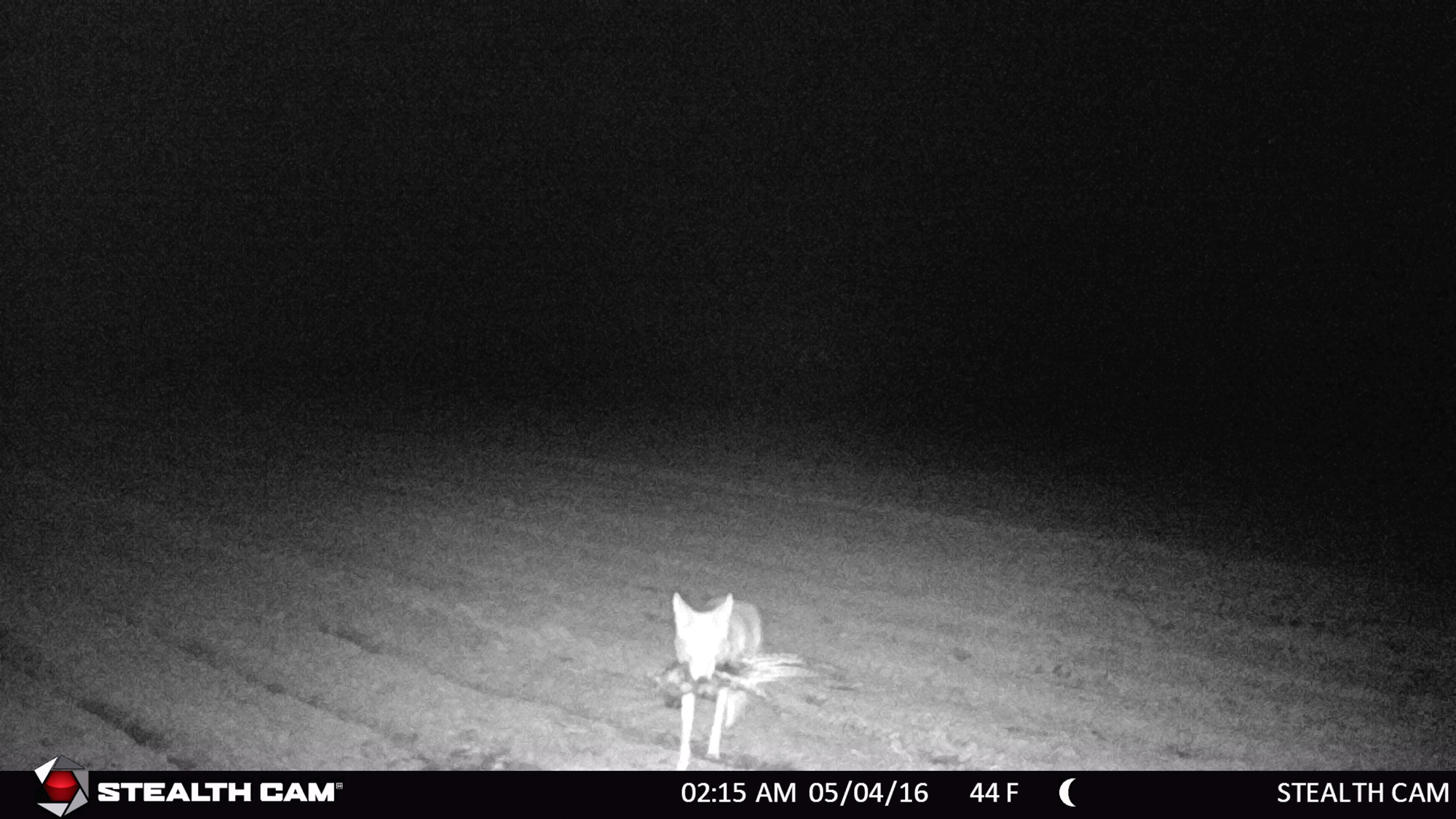
For many species like badgers or swift fox, they can be great for locating where the animals are, how often they are frequenting a certain area, and what time of day or night they are there. I also use them on trails, field edges, water sources, and old roads to help me locate mountain lions, bear, bobcat, coyote, red, gray and swift fox, as well as beaver and other furbearers I’m targeting.
I also take advantage of roadkills or ranchers’ dead cattle or horses if they keel over. Guaranteed, if you ask any rancher, he has one or two die every year. By setting up a trail camera near these carcasses, you can see what predators are coming in to feed on a free meal.
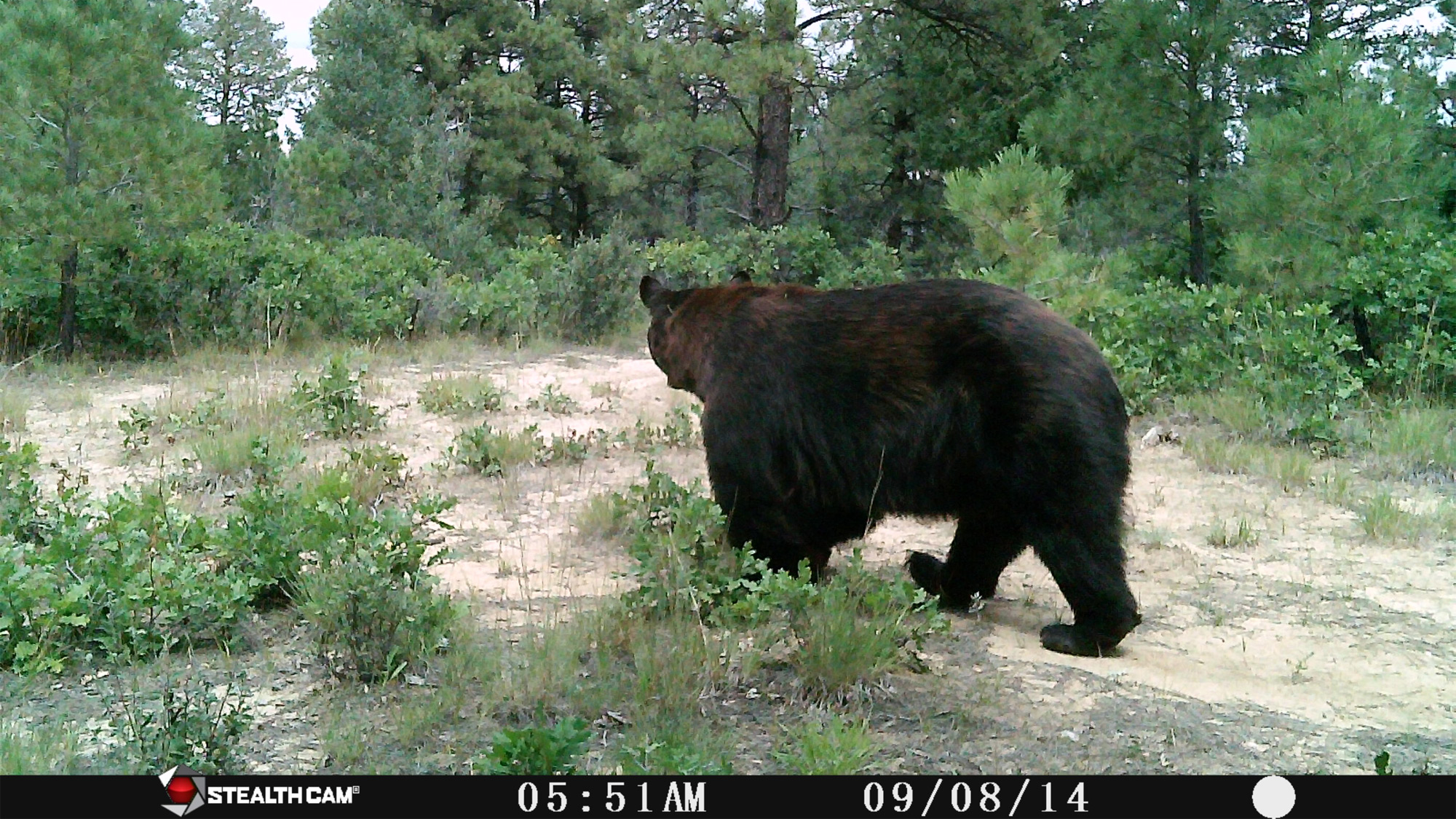
A tip I will share is to use a camera that will allow you to adjust the operating hours. If you set up on a carcass, I advise just turning it on at night and switch it off in the day if it’s close to where you live. If you don't, your SD card will be full of scavenging birds like crows, ravens, magpies, hawks, and eagles, and you’ll be disappointed when you go to see what predators are in the area.
If I’m scouting areas with my cameras where water isn't scarce and carcasses aren't readily available, I will set up on two-tracks, old logging roads, or drainages where I find some sign.
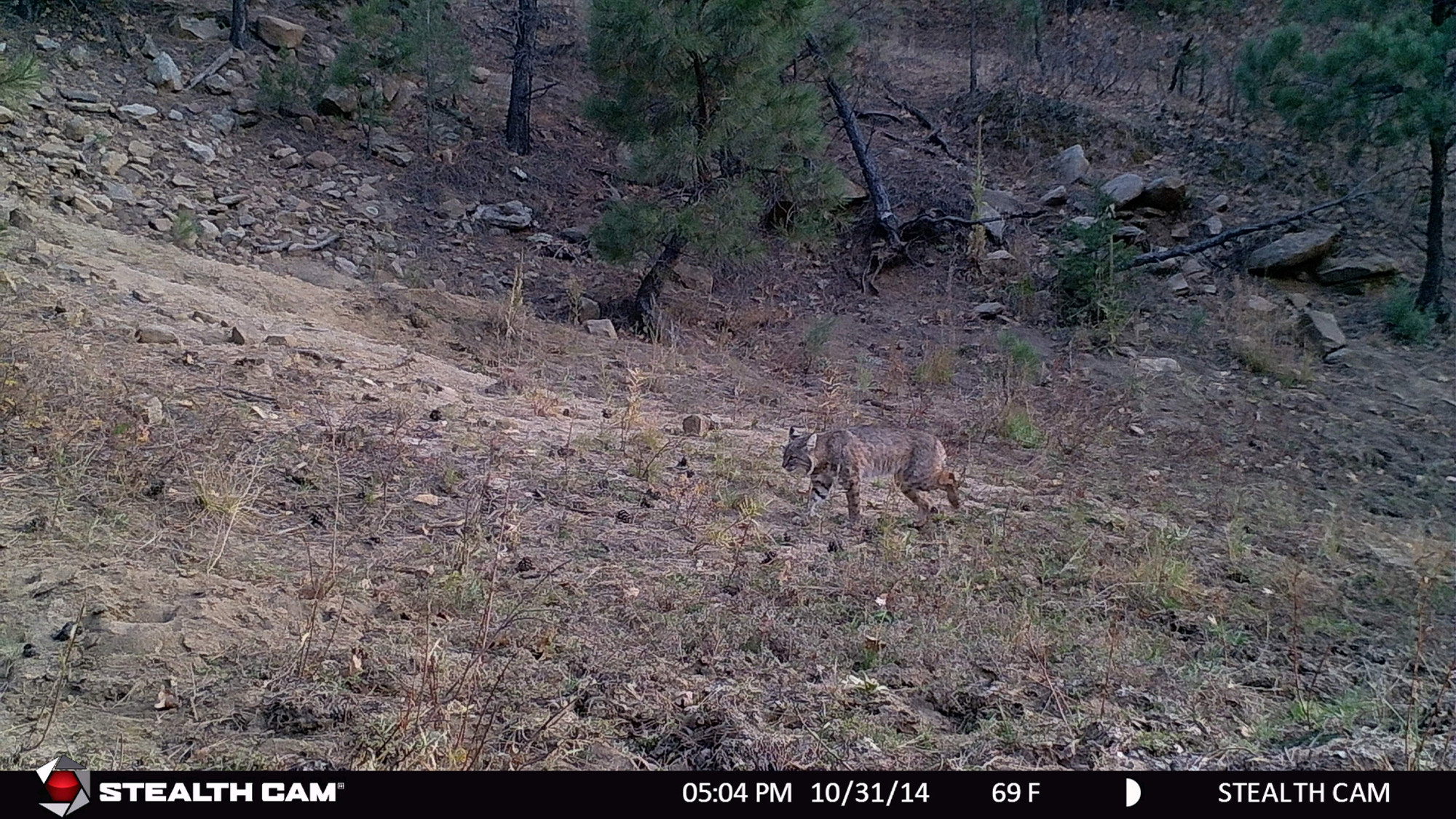
Bear in mind that many predators move based on game availability, weather, time of year, and other variables, so try and use current information if you want to have more success. Just because a bobcat or badger was in an area last year doesn't mean it hasn't moved to more fruitful hunting grounds.
Another plus to game cameras is that I often adjust my calls based on what I see the predators are feeding on. If I see a coyote walking past my camera with the neighbor’s cat (that has happened), I may go with cat-in-distress sounds. If I see a coyote carrying a pheasant, I may go with bird-in-distress or pheasant-in-distress calls; same with ground squirrels, mice, rabbits, etc.
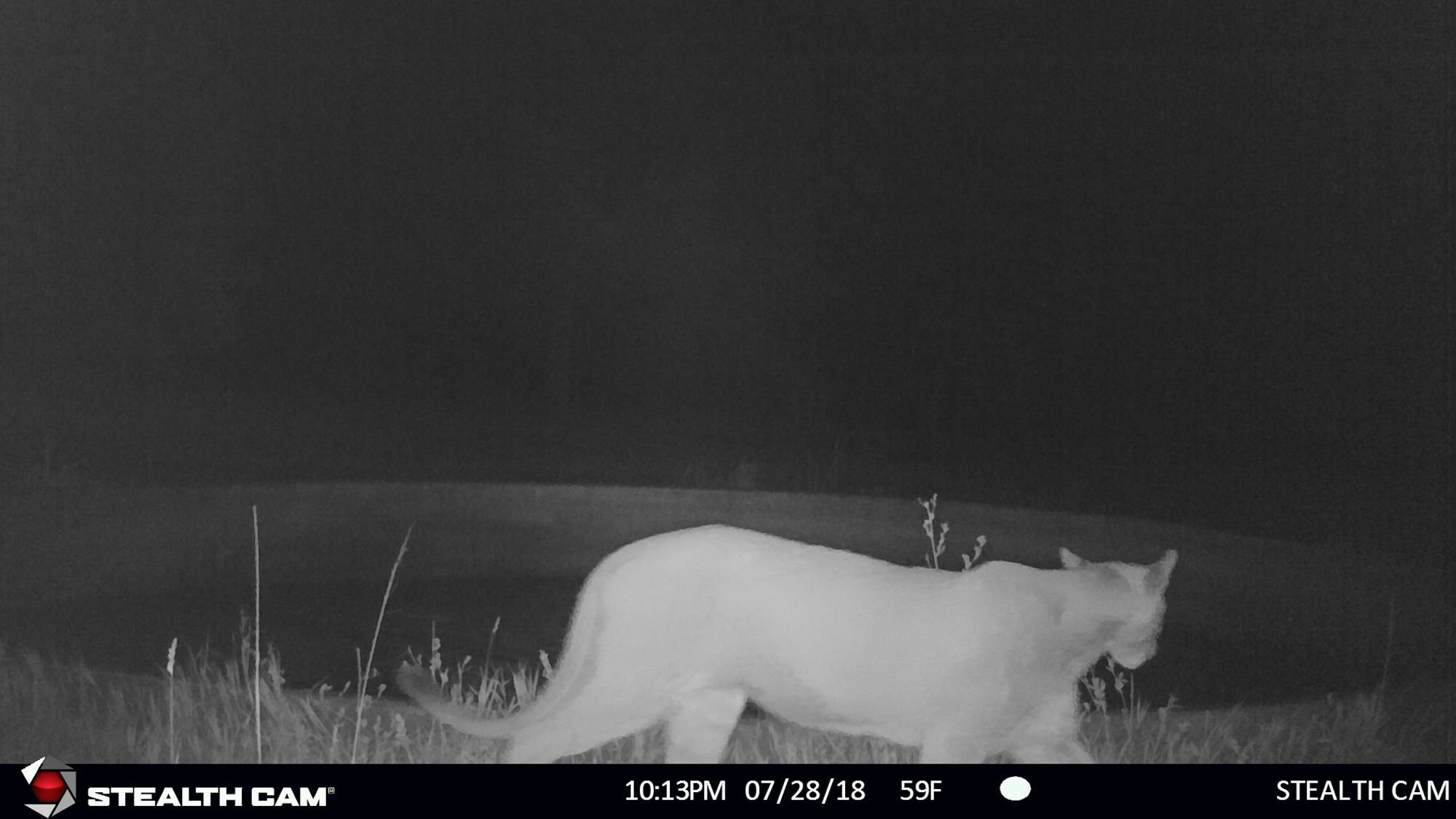
I also know by checking my cameras when coyotes are starting to pair up to mate. That often tips me off to use more coyote vocalizations for more action when calling.
Trail Camera Placement
Unfortunately, it’s not as simple as just strapping a camera on a tree. Setting cameras up correctly will help you capture more shots and not just the nose or tail of the animal you want to see. Nothing is more frustrating than seeing only the tail of a mountain lion, or the nose of a bear, or just one swinging arm of a Sasquatch instead of the whole critter.
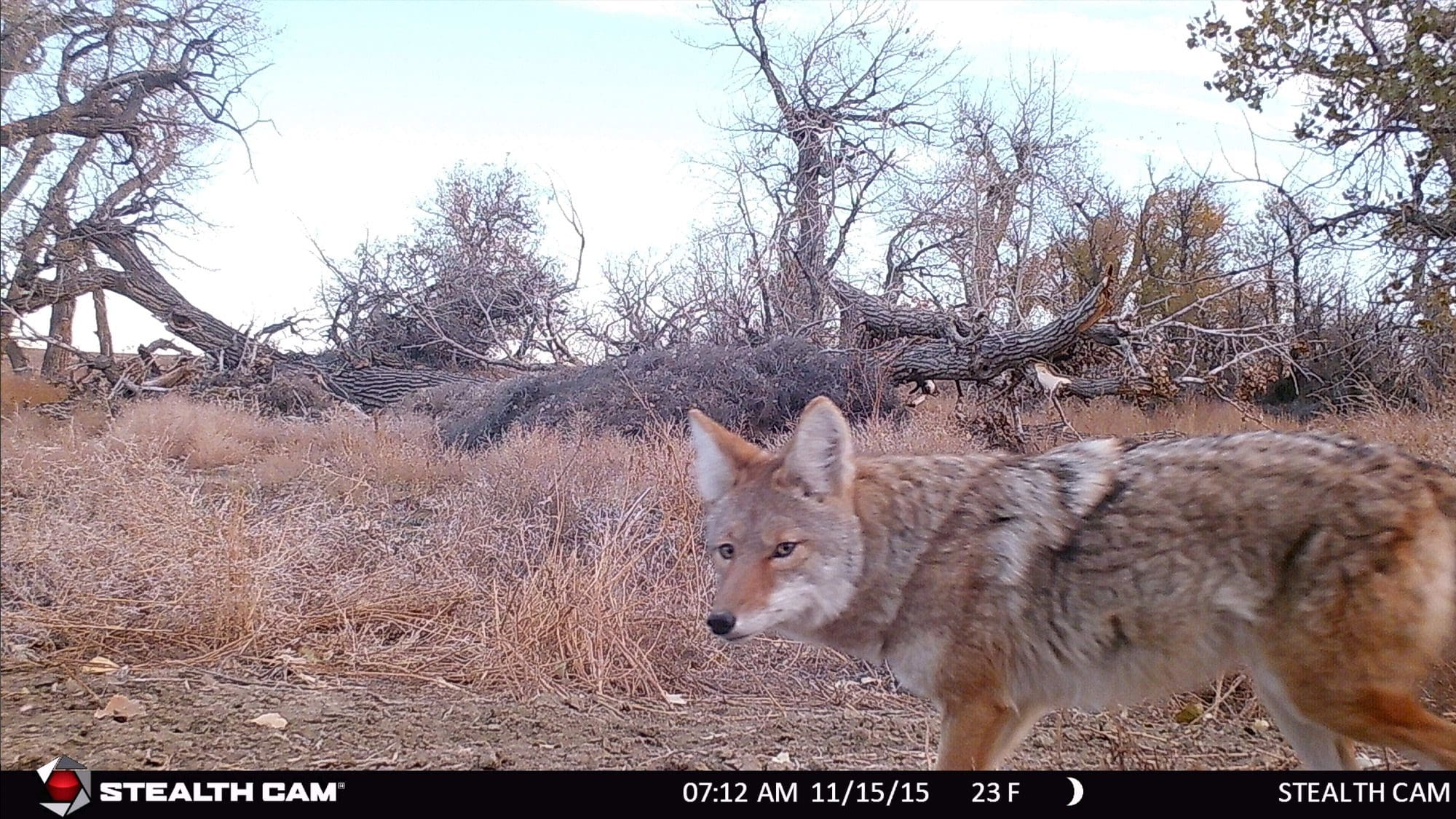
Equally frustrating is 876 pictures of a leaf, limb, or small weed that moves just enough to trigger the motion sensor in the camera. In the case of false triggers, I’ve learned to avoid these mistakes by taking shears and a small limb saw.
Other small things I do to avoid false triggering of the sensor is to avoid facing trail cameras due east or west. The sun and shadows can also cause false triggers, which means a picture of nothing or at least not what I’m after.
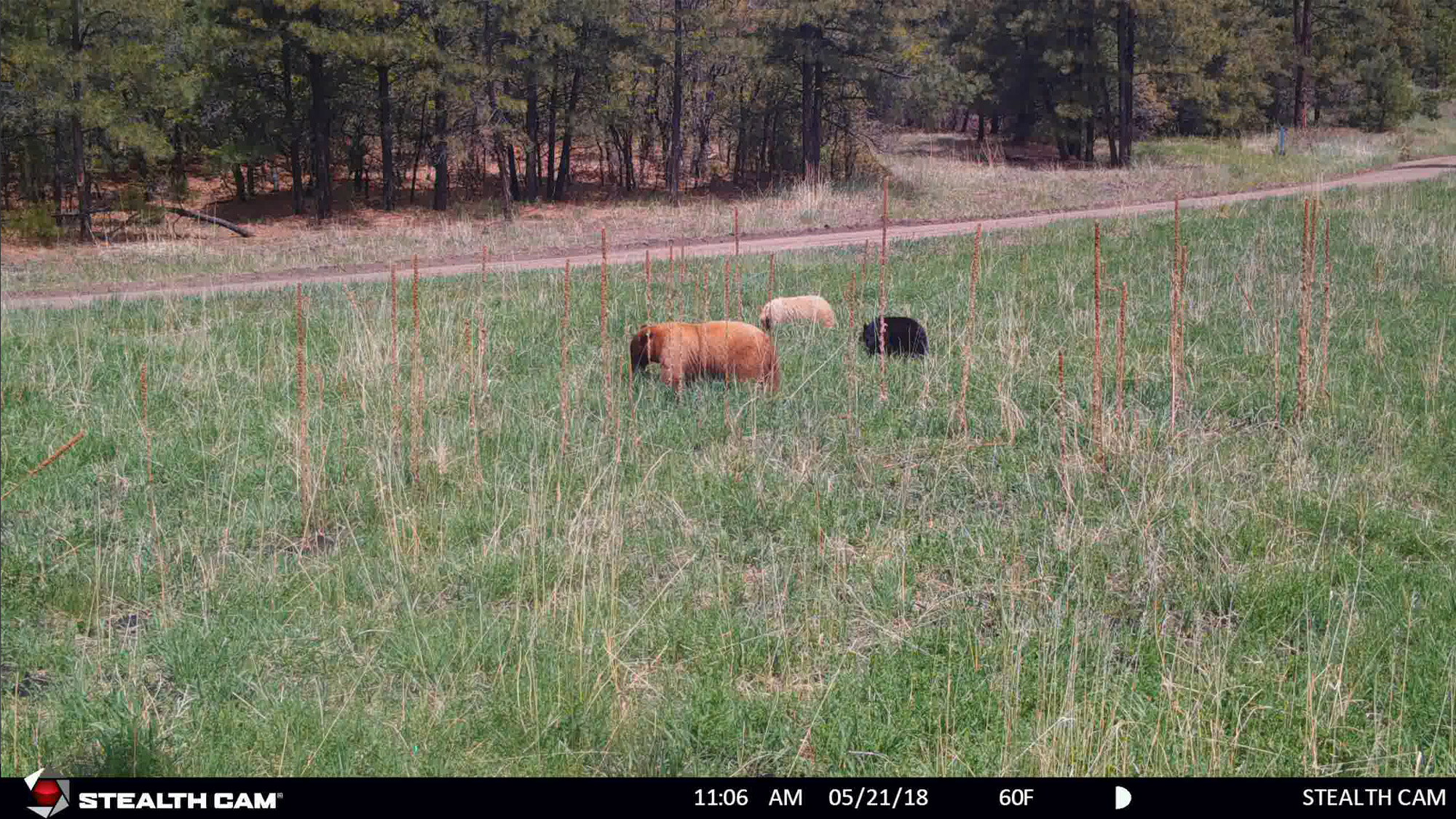
I also quarter cameras to the trail or road I’m watching. That way I’m more apt to get a good picture that shows the entire animal and not just a piece that leaves me trying to identify a nose, whiskers, or a tail.
Know What You’re Getting Into
Not all cameras are created equal. I’d prefer to have one good one than ten cheap ones that will break. I also don't want cameras that have a short battery life or trigger constantly on ghosts of coyotes long past. The old adage "you get what you pay for" holds true with trail cameras as well as bullets, guns, trucks, and a few other things.
I like a camera that shows the temperature, time, and moon phase, as well as ones that the batteries last for months no matter how cold it is. I also like an option for still pictures in high resolution and high definition or 4K video with sound, because I like hearing coyotes howl, foxes bark, and raccoons twitter.
I use a Stealth Cam DS4K, but there are lots of cameras and lots of manufacturers. My suggestion is to do your research before you purchase. No matter what manufacturer you go with, please don't buy their least expensive model. You will be disappointed.
I also advise using a camouflage camera and hiding it, so it won’t get stolen. Sad but true, thieves make off with hundreds of hunters’ trail cameras every year.
Another tip is to make sure you ask permission before placing them on private land and make sure they are legal in the state you want to use them. Although most states allow them, some have certain regulations on when and how they can be used. The ones that send pictures to your cell phone or computer can be handy where legal and where you have service, but the data plan you sign up for can get expensive in a hurry so make sure you are educated before you try that route. There can also be ethical questions involved in usage of these types of cameras during season.
A New Wrinkle
If you haven't used a trail camera to up your odds on predators, try it out. It can be a game-changer. I even have many of the photos I’ve captured blown up and hung on my wall.
If you use them correctly, they can be enjoyable. They can also help you be more successful on your next predator hunt.


